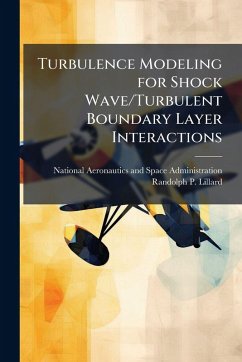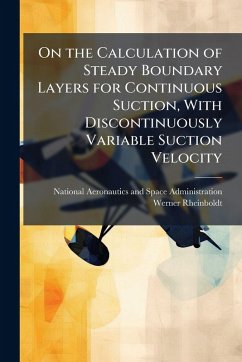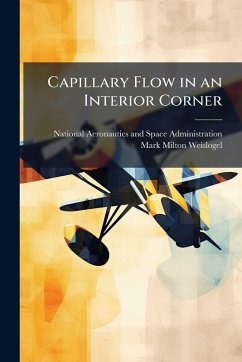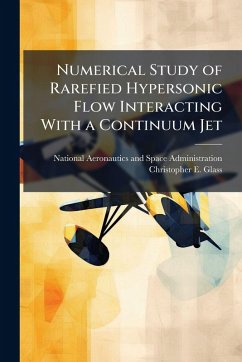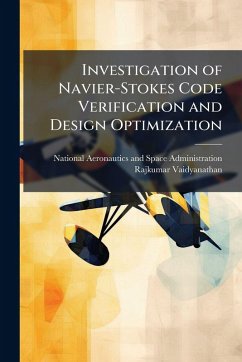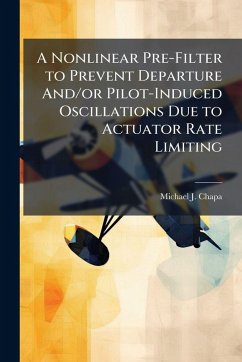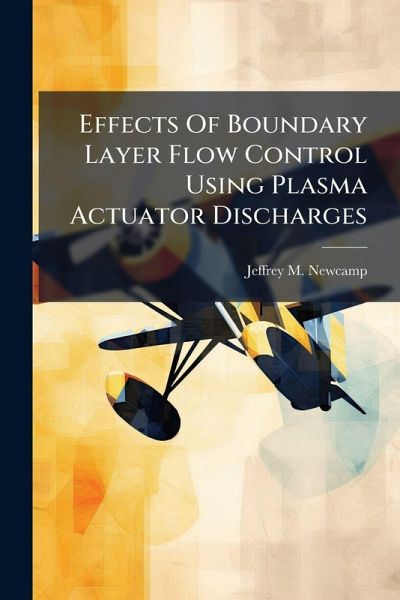
Effects Of Boundary Layer Flow Control Using Plasma Actuator Discharges
Versandkostenfrei!
Versandfertig in über 4 Wochen
17,99 €
inkl. MwSt.
Weitere Ausgaben:

PAYBACK Punkte
9 °P sammeln!
This study addresses the usage and effects of atmospheric plasma discharges on the near wall flow conditions for a Pak-B low-pressure turbine blade. A plasma actuator was built normal to the freestream flow in a low-speed wind tunnel. The test section of the wind tunnel had a contoured upper wall geometry designed to mimic the suction side of a Pak-B turbine blade. A high frequency ac voltage source supplied three voltages in the kilovolt range at four Reynolds numbers in the experiment, between 10,000 and 103,000. The effect of the plasma on the near-wall boundary layer conditions was evaluat...
This study addresses the usage and effects of atmospheric plasma discharges on the near wall flow conditions for a Pak-B low-pressure turbine blade. A plasma actuator was built normal to the freestream flow in a low-speed wind tunnel. The test section of the wind tunnel had a contoured upper wall geometry designed to mimic the suction side of a Pak-B turbine blade. A high frequency ac voltage source supplied three voltages in the kilovolt range at four Reynolds numbers in the experiment, between 10,000 and 103,000. The effect of the plasma on the near-wall boundary layer conditions was evaluated at each of the Reynolds numbers and each of the three voltage levels. Particle image velocimetry (PIV) was used to determine the 2D boundary layer characteristics of the flow. This research showed that the plasma discharges were able to dramatically increase the flow velocity near the wall; however, the plasma was unable to reattach an already detached boundary layer. Additionally, multiple manufacturing techniques were evaluated in an effort to make the electrodes more usable in turbine blade applications. This work has been selected by scholars as being culturally important, and is part of the knowledge base of civilization as we know it. This work was reproduced from the original artifact, and remains as true to the original work as possible. Therefore, you will see the original copyright references, library stamps (as most of these works have been housed in our most important libraries around the world), and other notations in the work. This work is in the public domain in the United States of America, and possibly other nations. Within the United States, you may freely copy and distribute this work, as no entity (individual or corporate) has a copyright on the body of the work. As a reproduction of a historical artifact, this work may contain missing or blurred pages, poor pictures, errant marks, etc. Scholars believe, and we concur, that this work is important enough to be preserved, reproduced, and made generally available to the public. We appreciate your support of the preservation process, and thank you for being an important part of keeping this knowledge alive and relevant.



